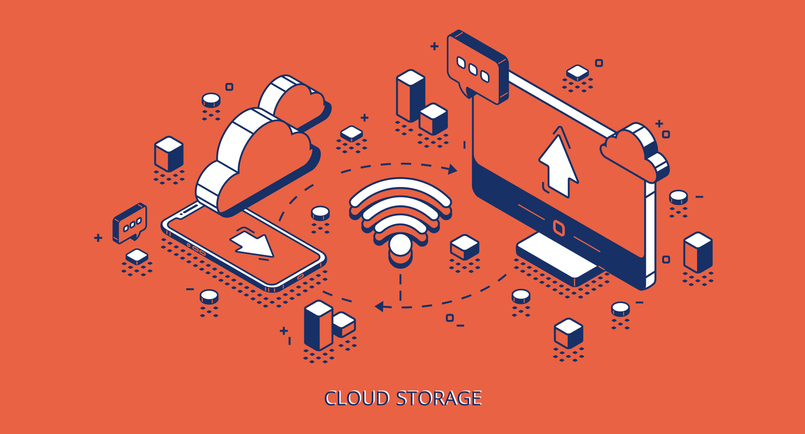Simplifying hybrid cloud with Fujitsu
Hybrid cloud offers the best of both worlds – infinite scalability using pay-as-you-use hosted platforms and enhanced data controls with on-premise systems. By moving workloads and data between locations, businesses can overcome virtually any challenge – processing spikes, capacity limitations, compliance requirements, budget squeezes and more. But when it comes to cloud strategy, there is […]
Simplifying hybrid cloud with Fujitsu Read More »




